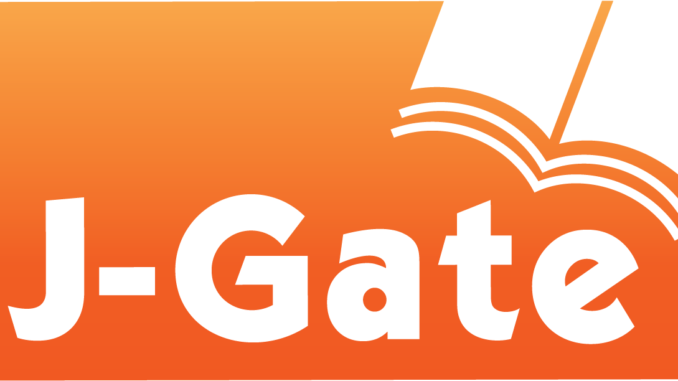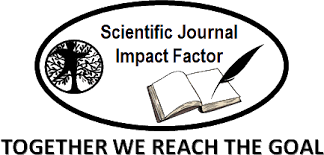COVID-19 PANDEMIC'S EFFECT ON PERFORMANCE AND ACCELERATION OF PERFORMANCE RECOVERY: A STUDY ON MANUFACTURING INDUSTRY IN BANGLADESH
Abstract
Purpose – The main aim of this study is to examine the effect of COVID - 19 pandemic compared to during and after this pandemic on manufacturing sectors in Bangladesh. In the aforementioned context, there are some issues taken as the specific objectives:
Methodology – The study is conducted on the manufacturing sectors listed under Dhaka Stock Exchange (DSE). The target population of the study is 42 manufacturing companies out of 153 listed in Dhaka Stock Exchange (DSE). Four research variables have been used for evaluating the financial performance and financial position of sample companies. Documentary analysis, descriptive analysis, data normality test, and Wilcoxon Signed – Rank Test are used to evaluate the hypothesis. The years of annual reports 2018 - 2019 to 2020 – 2021 have been used for documentary analysis of financial performance and financial position of sample companies.
Findings – The study's conclusions demonstrate that this pandemic significantly impacted Bangladeshi companies' financial performance (essentially ROA and ROE) at a 5% level of significance as compared to before the pandemic. The recovery growth rate of financial performance of sample companies have been increased optimistically and growth of liquidity position of manufacturing companies also seen in good position after COVID -19 pandemic compared to the during COVID -19 pandemic based on Wilcoxon statistical test tool.
Practical implications — Considering that the COVID-19 epidemic has greatly impact the import process of raw materials for production from China in specific as well as from other countries generally, the study advised the government of Bangladesh to boost its logistic and financial support for local facility of raw materials.
Originality/ Value – The findings of this study can be used as a source of relevant data by investors or future investors for their investment decisions in near future. The findings of this study will assist the government in determining or preparing the appropriate tax incentives scheme for the impacted industries and whether the correct sector would profit from the tax incentive scheme.
Downloads
Published
How to Cite
Issue
Section
License
Copyright (c) 2023 The International Journal of Accounting and Business Society

This work is licensed under a Creative Commons Attribution-ShareAlike 4.0 International License.
The copyright of the received article shall be assigned to the journal as the publisher of the journal. The intended copyright includes the right to publish the article in various forms (including reprints). The journal maintains the publishing rights to the published articles.












